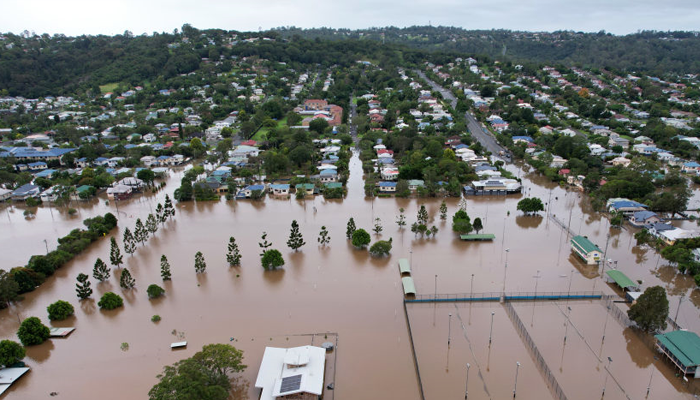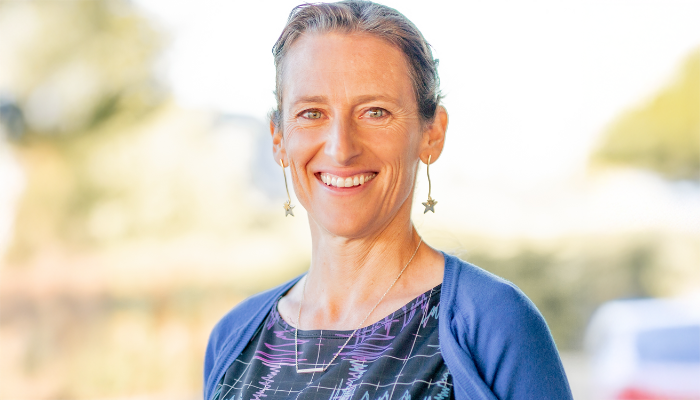Conducted by Natural Hazards Research Australia in partnership with Macquarie University, the University of Southern Queensland and the Queensland University of Technology, researchers want to hear directly from anyone impacted or affected by flooding.
There are two ways to do this – either by participating in a 45‐60 minute interview with a researcher (either online, on the phone or in person) or by completing a survey. Those affected by flooding can take part in either the interviews, the survey or both. Interviews will take place during August and early September. The survey will be available in September but registrations are open now. Register for participation at naturalhazards.com.au/floods2022.
Lead researcher and occupational psychologist A/Prof Mel Taylor, from Macquarie University, said the views of anyone who was impacted by the floods are important.
“Your experience is unique and can help make a difference during future floods. By contributing your personal experience to this research, you can help improve community safety strategies and influence future policy. This can help reduce flood risk in the future,” A/Prof Taylor said.
“Every story is important. You may have had to evacuate quickly due to rising floodwaters, or perhaps you put your flood plan into practice but the floodwaters didn’t come to your house. We want to hear about a wide range of experiences.”
This research is being undertaken in flooded areas across New South Wales and south‐east Queensland. While these are focus areas, the research is not limited to these locations and the experiences of anyone affected by the floods is important. In New South Wales, focus areas include Ballina, Byron Bay, Cabbage Tree Island, Camden, the Central Coast, Cessnock, Clarence Valley, Coffs Harbour, Coraki, Georges River, the Hawkesbury region, the Hills, Kyogle, Lismore, Maitland, Richmond Valley, Singleton, Sutherland, Tumbulgum, Tweed, Uki, Wollondilly and Woodburn.
New South Wales State Emergency Service Deputy Commissioner Daniel Austin is encouraging individuals to participate in the research to safeguard the community in future floods.
“Flood preparedness and response is a community effort that goes beyond NSW SES volunteers,” he said.
“By sharing your story and experiences through this research, you are providing valuable information to help arm the NSW SES and partner agencies. This research will help inform our plans and response to each region.”
This independent research is funded by Natural Hazards Research Australia and supported by the NSW State Emergency Service and Queensland Fire and Emergency Services. The results of the research will be used to inform strategies to improve flood safety in not just New South Wales and Queensland, but across Australia.

Houses are surrounded by floodwater on March 31, 2022 in Lismore, Australia



